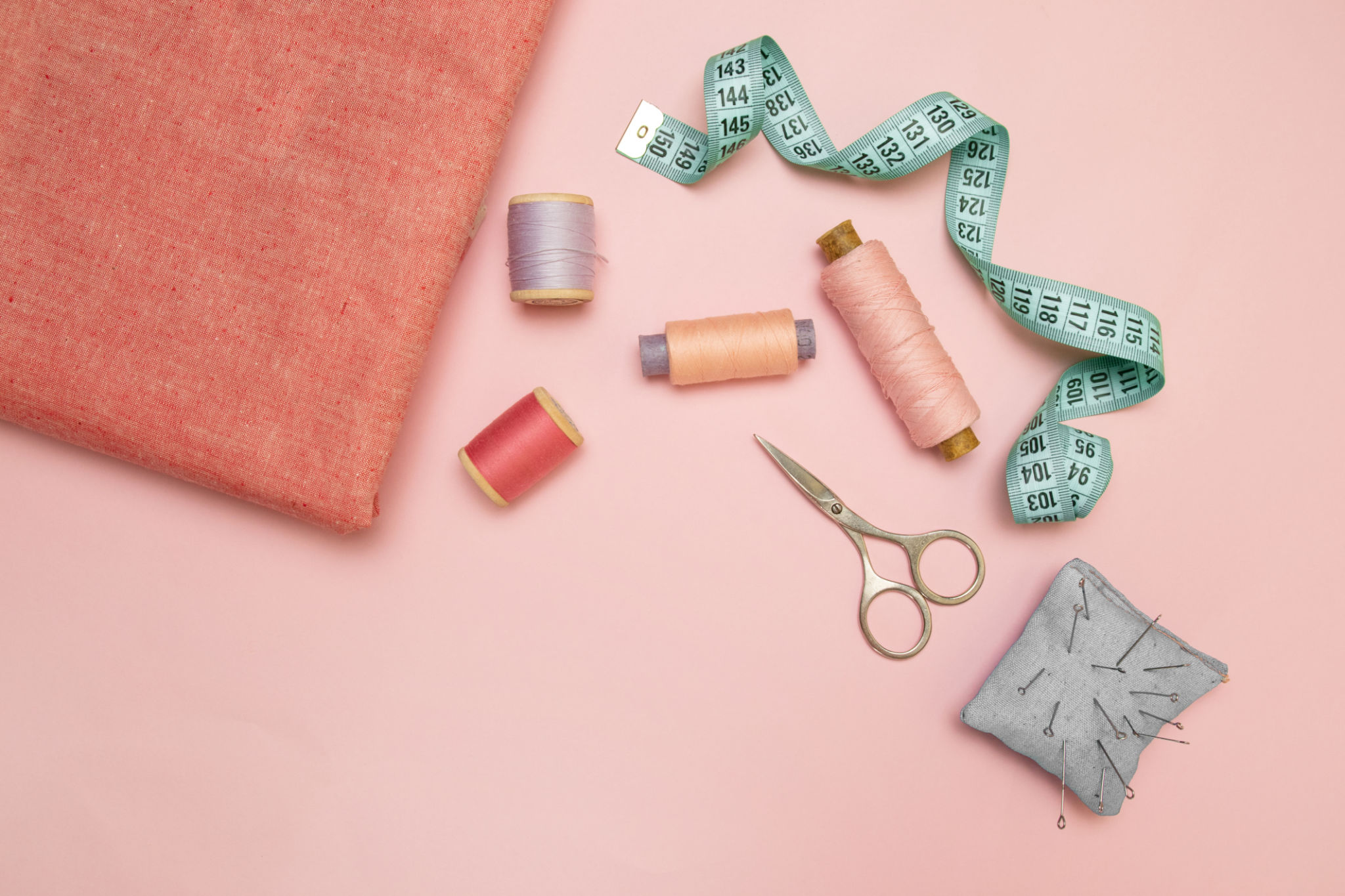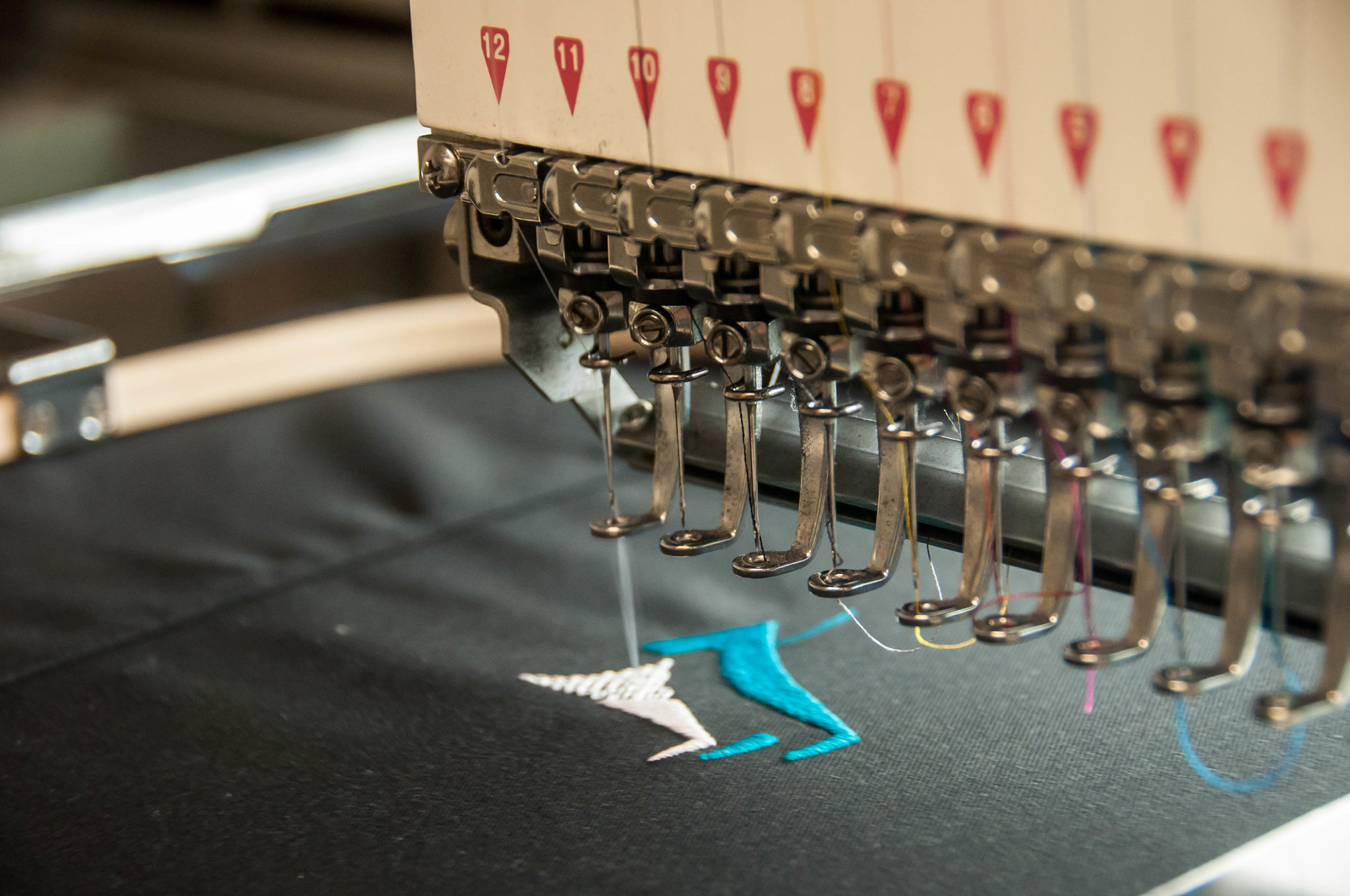DIY Tips for Personalizing Your Apparel with Embroidery
Introduction to Embroidery
Embroidery is a timeless art that allows you to add a personal touch to your clothing and accessories. Whether you're a seasoned crafter or a beginner, this DIY guide will help you transform your apparel into unique pieces that reflect your style. With just a few tools and some creativity, you can start personalizing your wardrobe today.
Embroidery not only enhances the aesthetic appeal of your garments but also offers a sense of accomplishment as you wear something you've made yourself. From simple monograms to intricate designs, the possibilities are endless. Let's explore how you can get started with embroidery at home.

Essential Tools and Materials
To begin your embroidery journey, you'll need some basic materials. Start with an embroidery hoop, which keeps your fabric taut and makes stitching easier. You'll also need embroidery needles, which have a larger eye to accommodate embroidery thread or floss.
Speaking of thread, choose from a wide variety of colors and textures to suit your design. Cotton embroidery floss is the most common choice for beginners. Finally, select fabric that suits your project; cotton and linen are great for starters as they are easy to work with.

Choosing Your Design
Before you start stitching, decide on a design that fits your style and skill level. You can find inspiration in nature, geometric patterns, or even create something abstract. There are many free patterns available online, or you can sketch your own design directly onto the fabric using a water-soluble pen.
If you're new to embroidery, start with simple patterns like flowers or initials. As you build confidence, you can move on to more complex designs. Remember, practice makes perfect!

Basic Stitches to Master
Learning a few basic stitches is essential for any embroidery project. The running stitch is one of the simplest and is used for outlines and borders. The backstitch is great for creating strong lines and adding detail.
The satin stitch fills shapes with color, while the French knot adds dimension and texture. Practice these stitches on scrap fabric before applying them to your final piece. Once you've mastered these basics, you'll be able to tackle more advanced techniques with ease.
Applying Your Design
Once you've chosen your design and mastered basic stitches, it's time to apply it to your apparel. Secure your fabric in the embroidery hoop and use small, consistent stitches to bring your design to life. Take your time and enjoy the process; embroidery is as much about the journey as it is about the result.
If you make a mistake, don't worry. Simply remove the stitches using a seam ripper and try again. Embroidery allows for flexibility and creativity, so feel free to experiment with different colors and textures.
Caring for Your Embroidered Apparel
To ensure your embroidered garments last, it's important to care for them properly. Hand wash embroidered items in cold water with mild detergent, being careful not to rub the stitches too hard. Lay them flat to dry to prevent distortion.
With these DIY tips, you're ready to personalize your apparel with beautiful embroidery. Embrace the creativity and enjoy the satisfaction of creating something uniquely yours!

